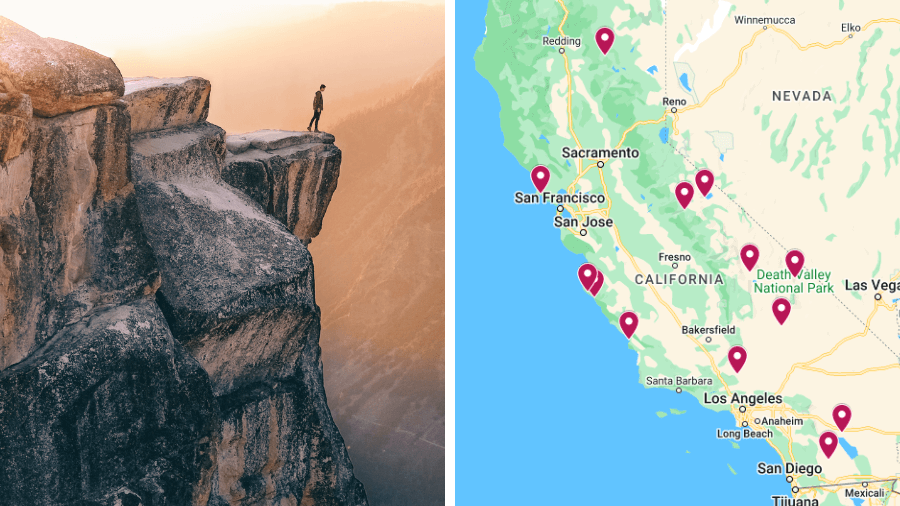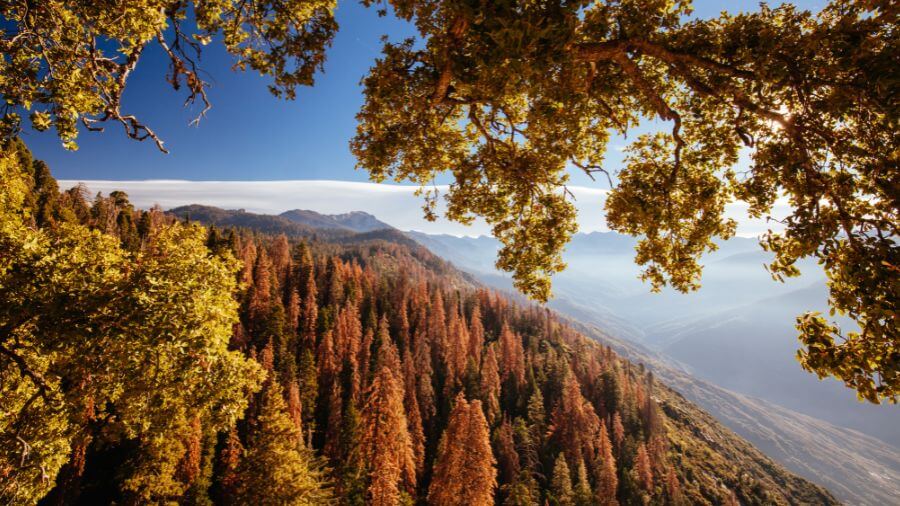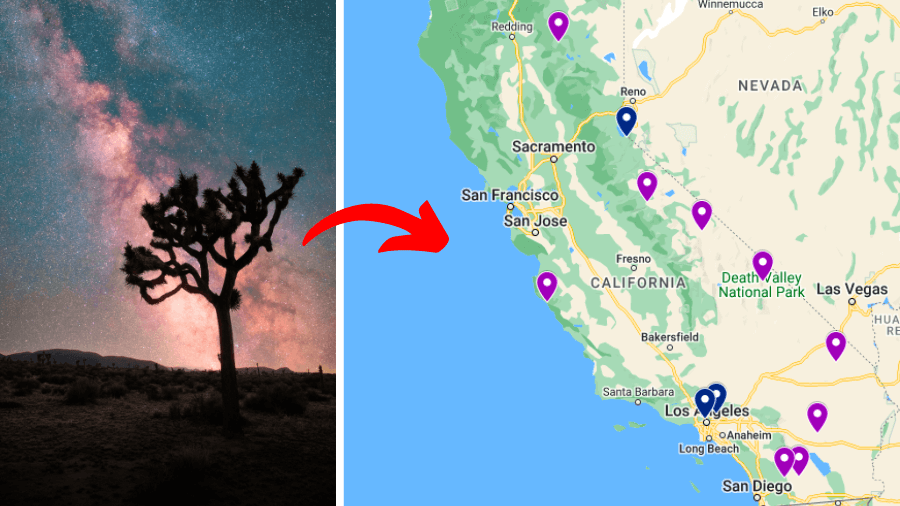California is home to some of the most breathtaking natural wonders on the planet.
From towering redwoods that seem to touch the sky to vast deserts that stretch beyond the horizon, the Golden State has so much to be explored.
In this blog post, we’re revealing 13 must-see natural wonders in California that you absolutely need to see at least once in your life.
Each of these destinations is truly unique and is definitely worthy of being on your bucket list.
Whether you’re a California native or a tourist visiting for the first time, these natural treasures are guaranteed to leave you in awe.
So get ready to discover the marvels that make California a true wonderland!
1. Yosemite Valley
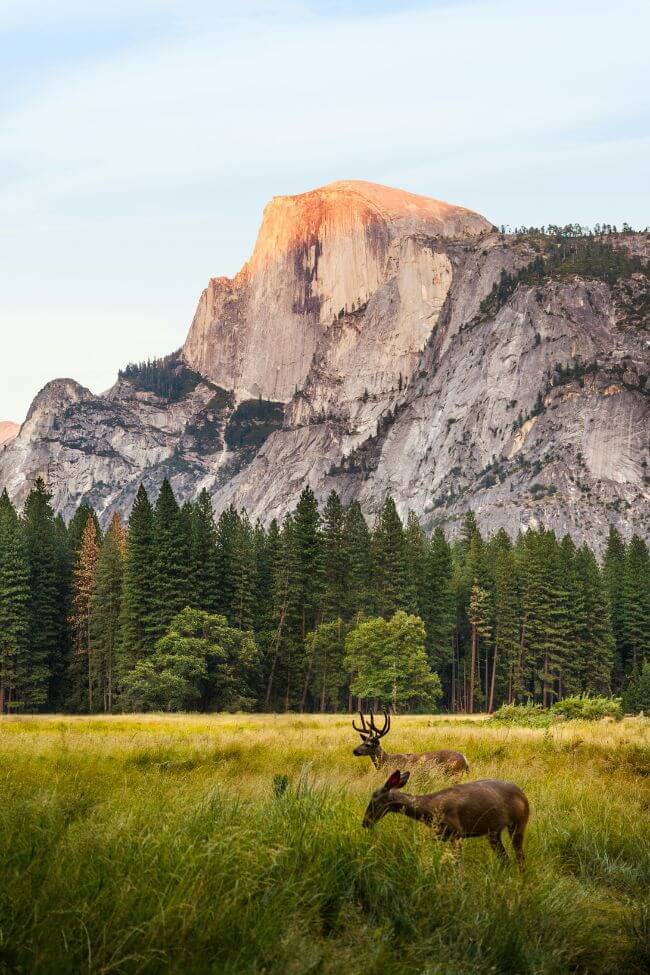
It wouldn’t be right to start a list of California’s best natural wonders without mentioning Yosemite.
Yosemite Valley, located in the heart of Yosemite National Park, is a breathtaking natural wonder that draws visitors from all around the world.
Known for its stunning granite cliffs, towering waterfalls, deep valleys and giant sequoia trees, the valley offers a unique and awe-inspiring landscape that is both majestic and serene.
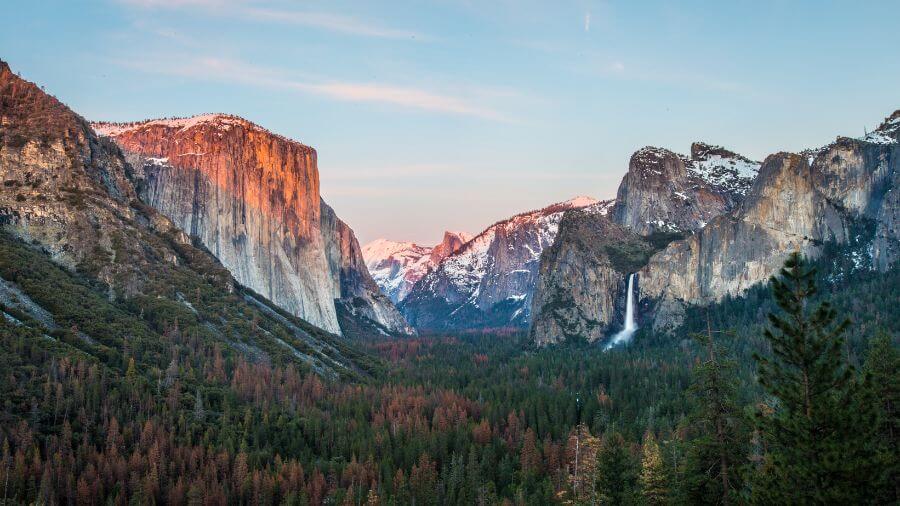
Visitors can explore the valley through hiking, rock climbing and even rafting on the Merced River. There’s so much to do here as the valley stretches on for 8 miles.
For one of the best views of the valley, hike up the 1.2-mile trail to Inspiration Point that provides panoramic views of the valley below.
Iconic landmarks like El Capitan and Half Dome also provide unforgettable views and photo opportunities. Plus you’ll be able to spot a lot of wildlife in the park too.
2. McWay Falls, Julia Pfeiffer Burns State Park
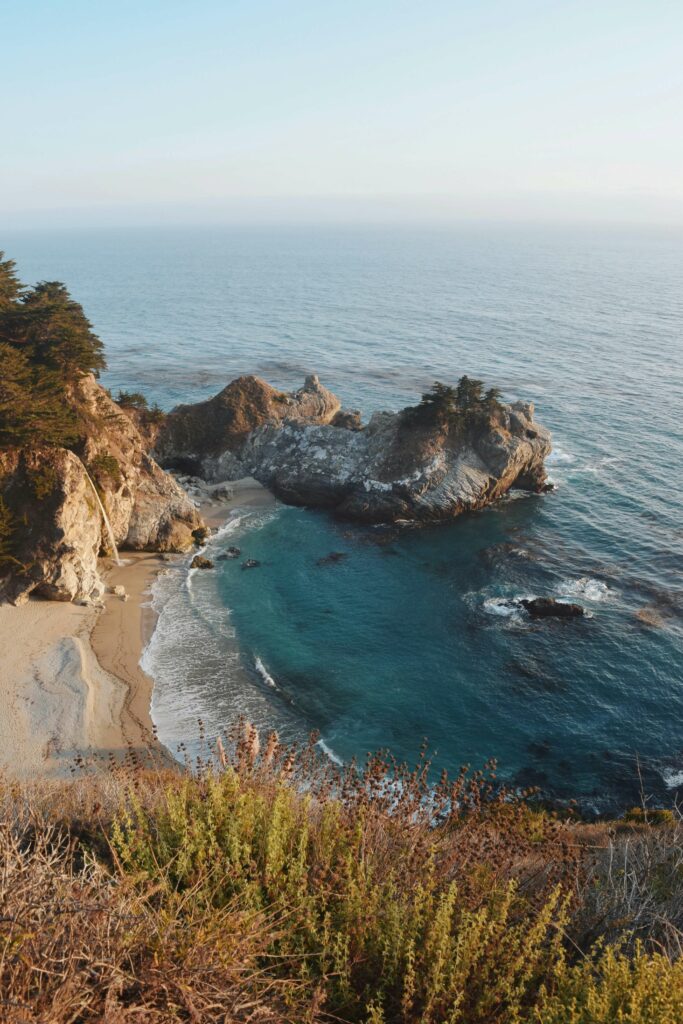
McWay Falls is a hidden gem within Julia Pfeiffer Burns State Park along California’s scenic Big Sur coast that captures the heart of anyone who visits.
This 80-foot waterfall is unique because it flows year-round, tumbling directly onto a pristine, sandy beach before merging with the vibrant waters of the Pacific Ocean.
McWay Falls is actually one of the few waterfalls in California that runs directly into the ocean.
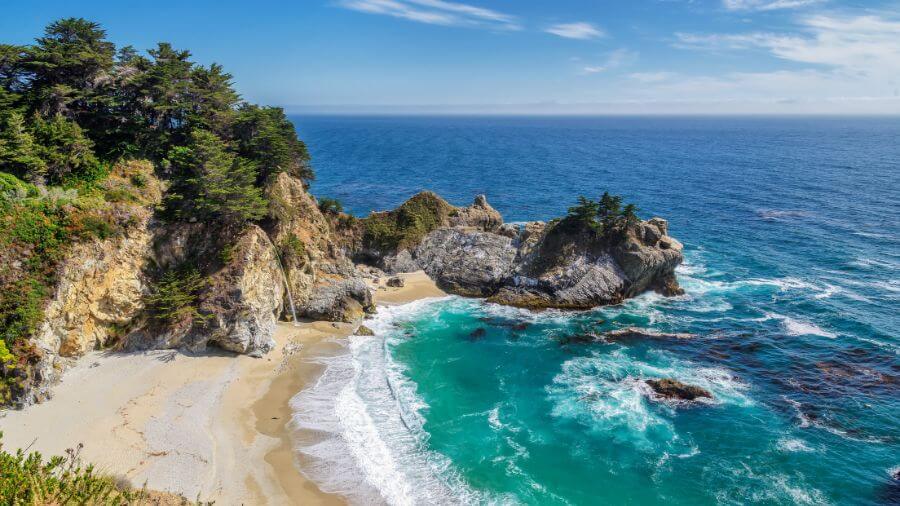
Access to the beach itself isn’t allowed in order to protect the environment but visitors can enjoy breathtaking views from a nearby overlook on the park’s trail.
This easy-to-access vantage point offers an unparalleled opportunity to witness the falls and the stunning coastline, making it a must-see for tourists exploring California’s natural wonders.
3. Death Valley National Park
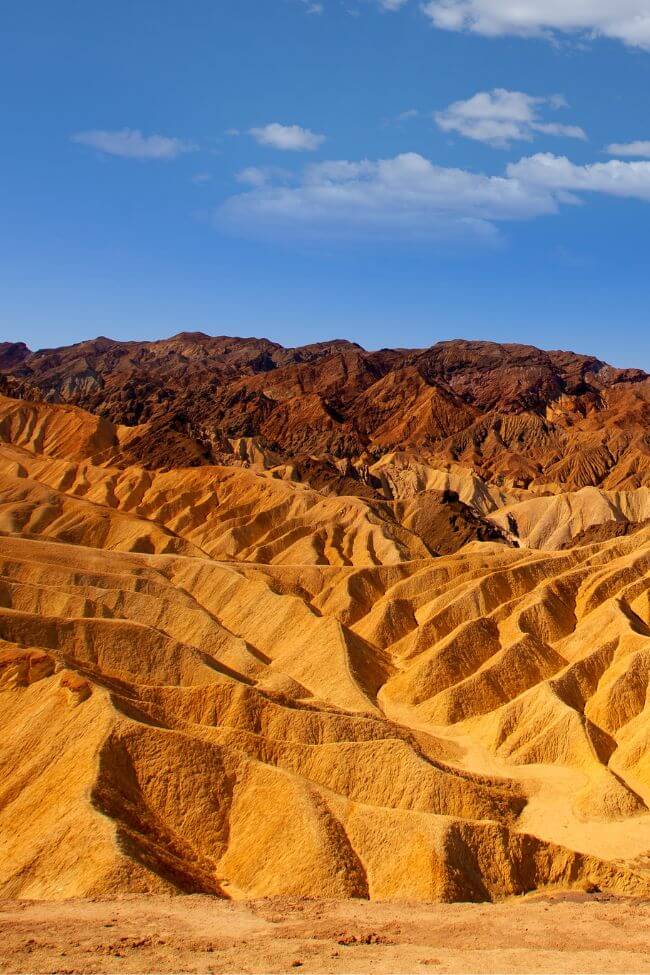
Death Valley National Park, located in the Mojave Desert, is a land of extremes and contrasts that fascinates visitors from all over the globe.
It holds the record for the hottest place on Earth with temperatures regularly soaring above 120ºF in August.
Despite its foreboding name, Death Valley is actually bursting with life and vibrant landscapes.
The park is famous for its surreal salt flats at Badwater Basin, which is the lowest point in North America, colorful rock formations and unique sand dunes that seem to stretch on forever.
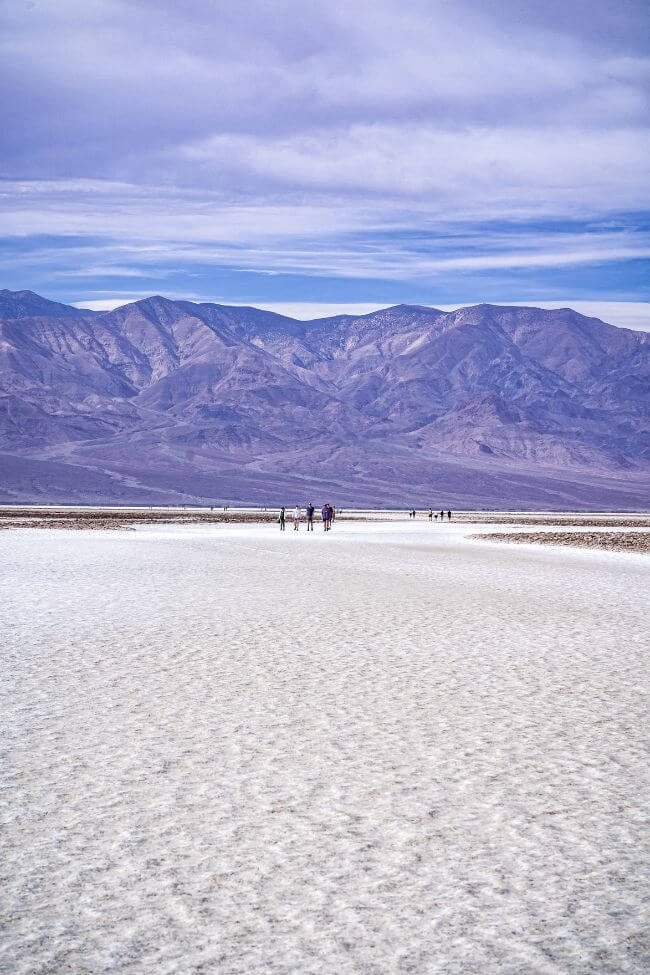
You can also check out Racetrack Playa which is a flat, dried-up lakebed stretching across nearly 3 miles of desert.
This vast, smooth surface is surrounded by mountains and is covered with cracked mud.
But what truly sets the Racetrack Playa apart are the sailing stones.
These large rocks, some weighing hundreds of pounds, leave long, winding tracks behind them as if they’ve been moving across the playa on their own.
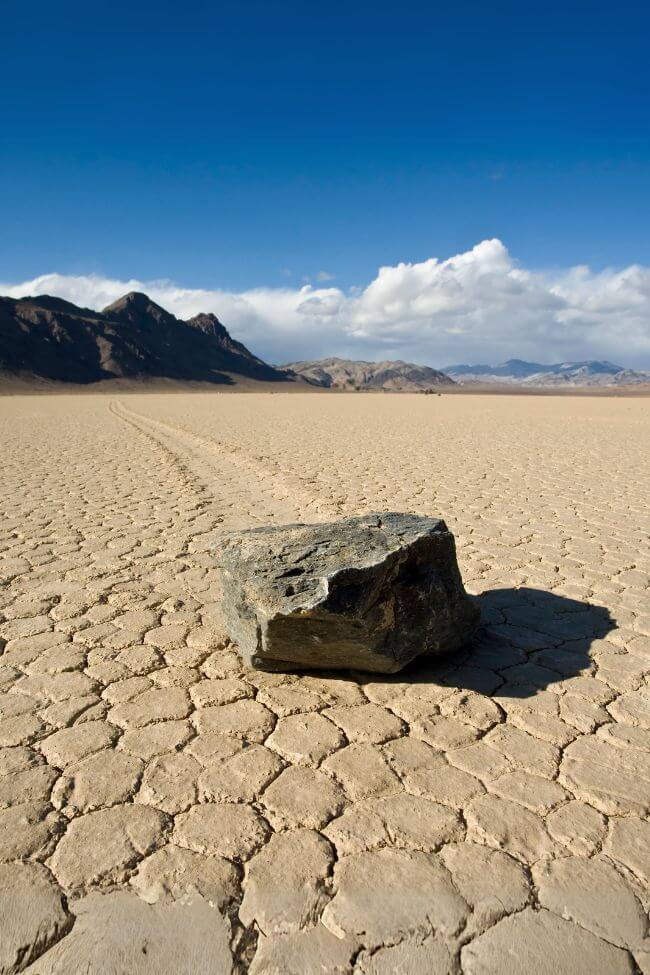
For years, no one could explain how these stones moved, making it one of the desert’s most intriguing mysteries!
There’s honestly so much to Death Valley. Visitors can explore scenic vistas, historic sites and hiking trails that range from easy walks to challenging treks.
Death Valley also offers some of the best stargazing opportunities in California due to its clear skies and minimal light pollution.
When visiting, it’s essential to come prepared with plenty of water, sunscreen and protective clothing. Avoid visiting during the summer due to the extreme heat.
4. Big Sur coastline
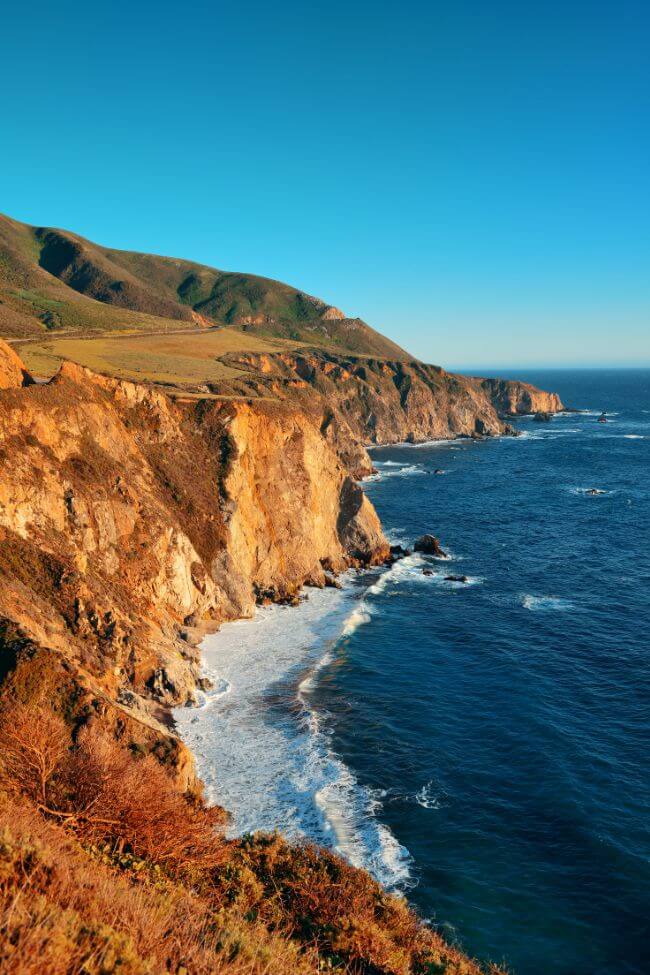
The Big Sur coastline is a breathtaking stretch of natural beauty along California’s Highway 1, where rugged cliffs meet the vast expanse of the Pacific Ocean.
This iconic route offers some of the most dramatic and stunning views in the entire United States, making it a favorite for road trippers.
It covers approximately 90-miles from Carmel-by-the-Sea in the north to San Simeon in the south.
What sets Big Sur apart is its unspoiled landscape which includes deep blue waters, towering redwoods and hidden coves.
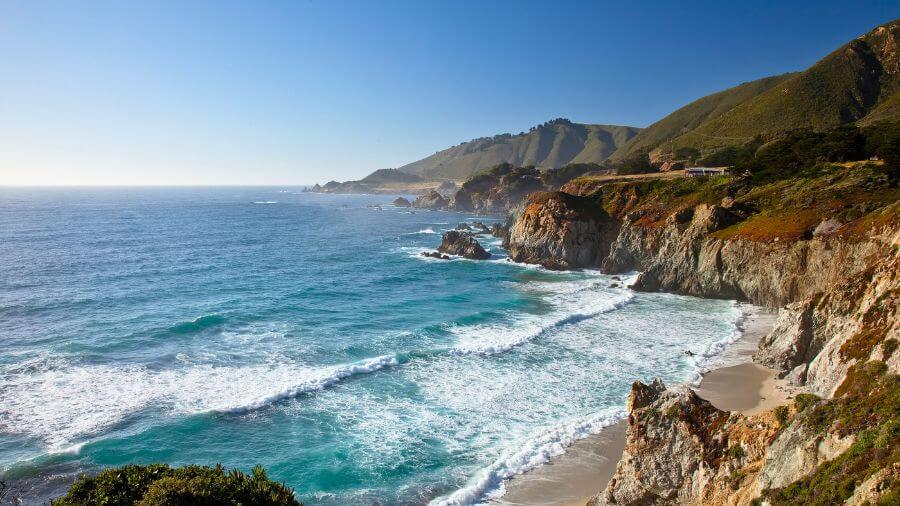
Along the way, visitors can stop at various points to soak in the views, hike in the surrounding forests or even spot whales from the shoreline during migration season.
It’s also one of the best places to see the super rare California condor (there’s only approximately 561 of these left in the wild!).
Notable attractions include the historic Bixby Creek Bridge, with its picturesque arches, and the serene McWay Falls, which cascades directly into the ocean.
5. Mono Lake tufa formations
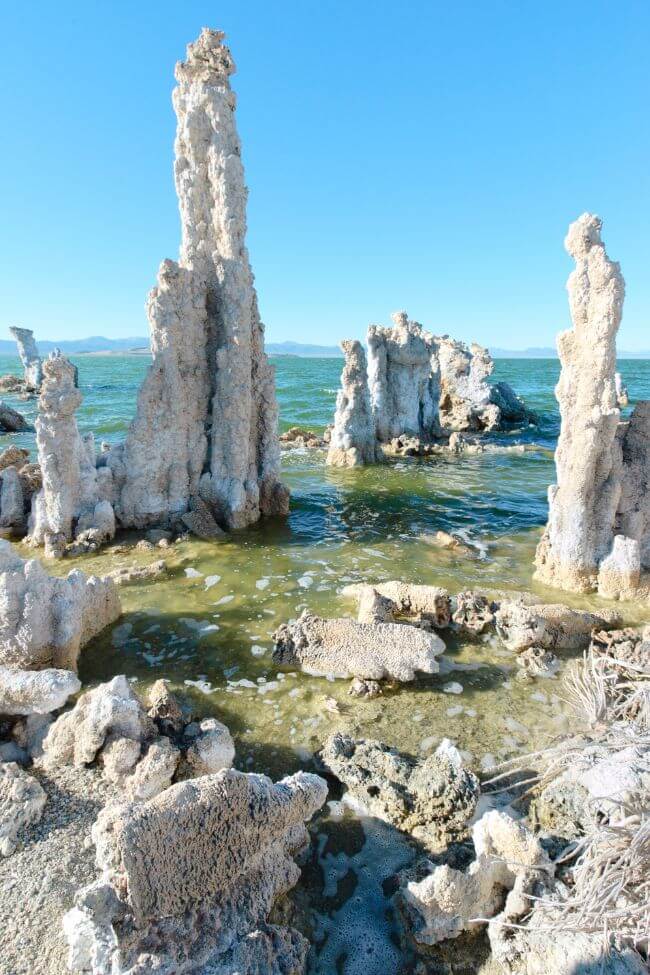
Mono Lake, located in California’s Eastern Sierra, is home to one of the most extraordinary natural phenomena: the tufa towers.
These striking limestone formations are formed by the interaction of freshwater springs and alkaline lake water which creates towering shapes that seem almost otherworldly.
These bizarre looking structures were actually formed over hundreds of years.
The tufa formations are pretty unique as they stand above the water’s surface creating a landscape that looks like it belongs on another planet.
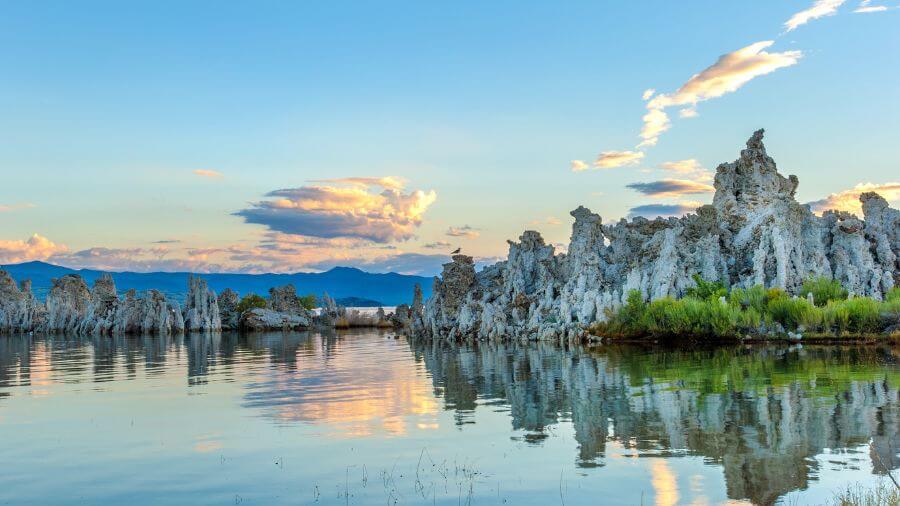
The best place to see the tufa formations is at the Mono Lake South Tufa Reserve.
The lake itself is over 1 million years old making it one of the oldest lakes in North America.
If you want to learn more about Mono Lake then I’d recommend joining a guided tour where you’ll learn more about the lake’s unique ecosystem including its importance as a habitat for migratory birds.
The best times to visit are during sunrise or sunset when the golden light hits the tufas creating a soft glow. It’s truly beautiful.
6. Alabama Hills rock formations
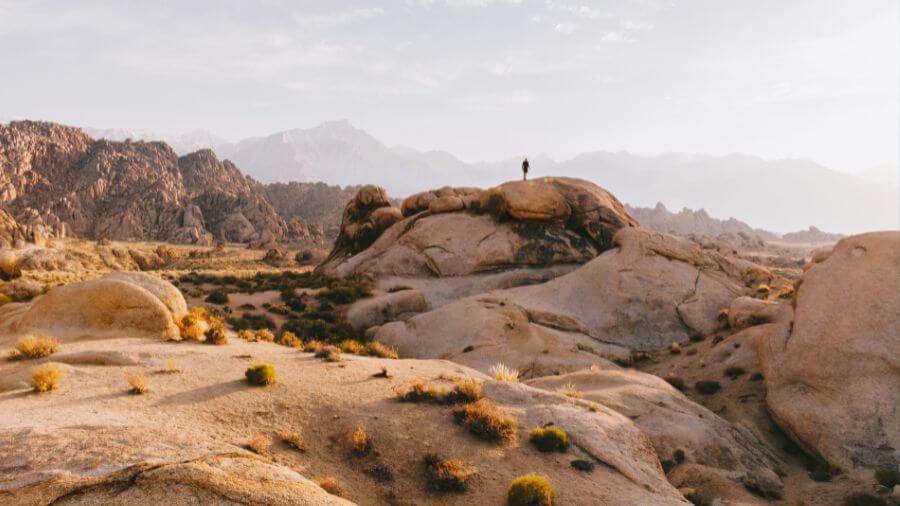
You’ll find the Alabama Hills at the foot of the Eastern Sierra Nevada mountains. They are particularly famous for their unique rock formations.
These formations, which have been sculpted by wind and water erosion over millions of years, have created a unique landscape filled with smooth, rounded boulders and jagged peaks.
Even if you’ve never seen the Alabama Hills in person, they may feel strangely familiar…
That’s because these rock formations have been the backdrop for countless films and commercials including Iron Man, Tremors, Gladiator and Django Unchained.
In fact, over 400 movies have been filmed here with some dating back to the 1920s! You can even tour these iconic film sites if you like.
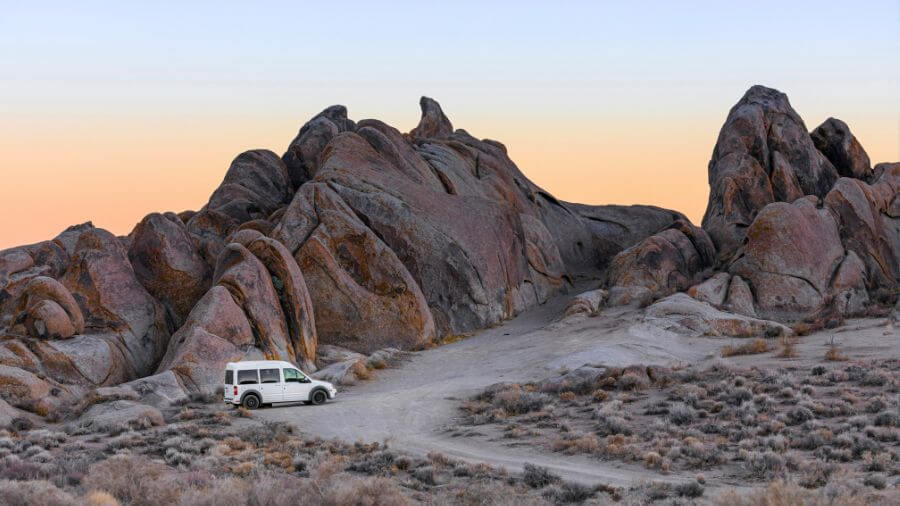
You can take part in a wide range of outdoor activities here including hiking, rock climbing, horseback riding, mountain biking and even camping.
Among the most iconic sights are the Mobius Arch and the Boot Arch which are both natural rock arches that frame the stunning views of Mount Whitney, the highest peak in the contiguous United States.
The Alabama Hills are also a popular spot for stargazing, thanks to the clear skies and minimal light pollution.

Now that’s a view! Imagine seeing that in real life.
7. Painted Canyon in the Mecca Hills
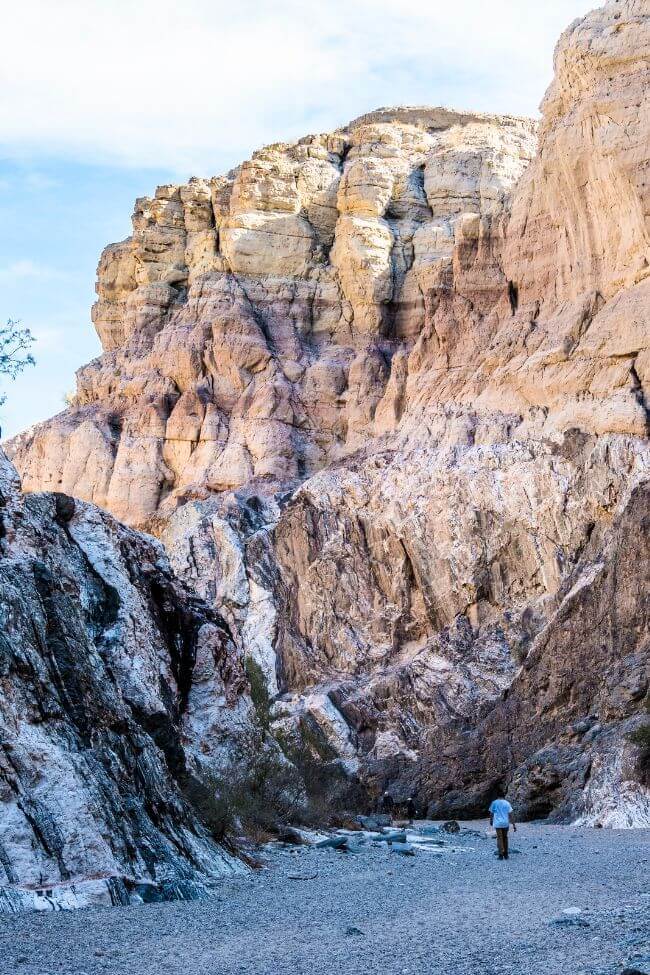
Painted Canyon is located in the Mecca Hills Wilderness area of California.
It is a natural masterpiece that looks as though it has been painted with an artist’s palette.
This remarkable canyon is known for its vibrant layers of color, which are the result of various mineral deposits that have been exposed over time by water and wind erosion.
Painted Canyon also offers a range of hiking trails that are suitable for hikers of all skill levels. The most famous is the Ladder Canyon trail.
This hike involves navigating through narrow slot canyons and climbing up various ladders placed strategically along the route.
It’s super fun and very unique!
Remember to bring plenty of water, wear sturdy shoes and start early to avoid the heat.
8. Lassen Volcanic National Park
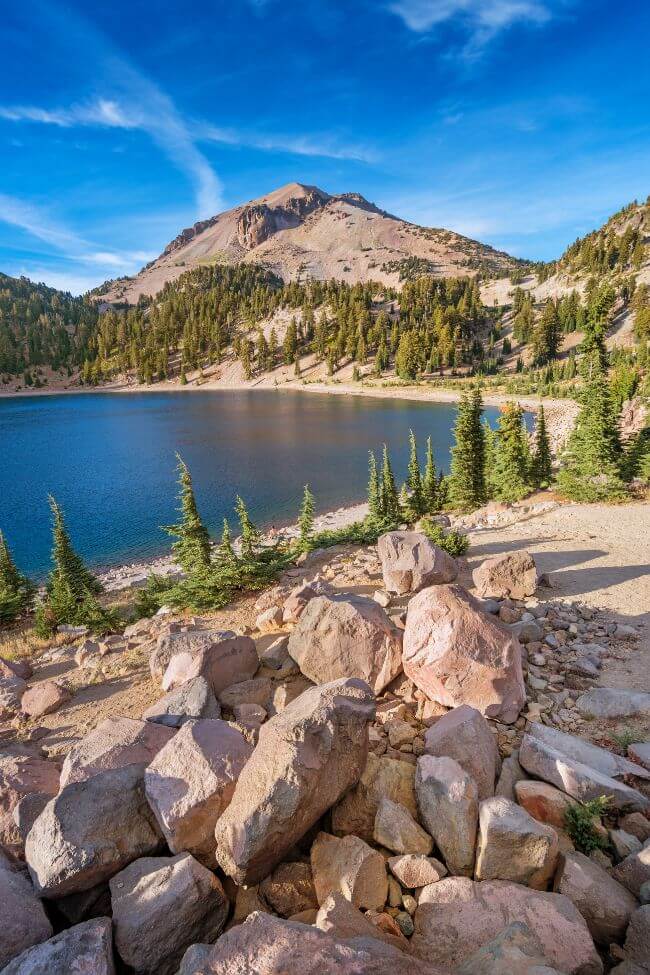
Located in northeastern California, Lassen Volcanic National Park is a beautiful showcase of volcanic wonder that’s unlike anywhere else in the state.
It’s often compared to Yellowstone National Park but without all the crowds.
The park is home to Lassen Peak, one of the largest plug dome volcanoes in the world, which last erupted in the early 20th century.
What makes this park truly unique is its remarkable geological diversity including bubbling mud pots, steaming vents and clear mountain lakes.
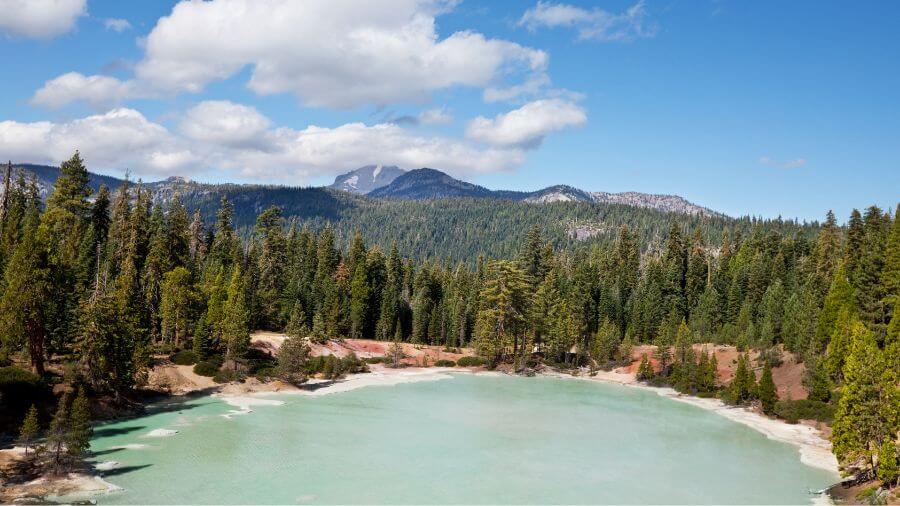
Visitors can explore over 150 miles of hiking trails that wind through this dramatic landscape, offering everything from easy walks to challenging summit hikes.
The park also features hydrothermal areas like Bumpass Hell where boardwalks lead you safely through areas of boiling springs and vibrant mineral deposits.
For those interested in a less strenuous visit, there are several scenic drives that offer panoramic views of the park’s volcanic features and lush forests.
Remember to check road and trail conditions before your visit as snow can affect access to some areas of the park well into summer.
9. Morro Rock
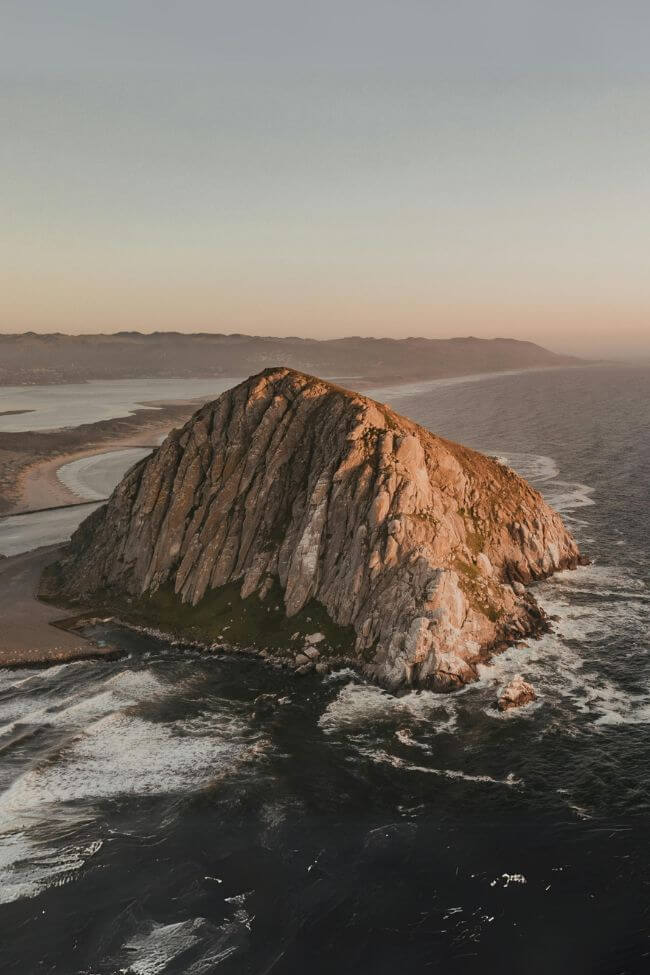
Morro Rock stands majestically at the entrance to Morro Bay on the Central Coast of California. At 576ft, it’s pretty hard to miss.
This massive volcanic plug, one of the so-called Nine Sisters, is a remnant of a long-extinct volcano.
It was actually formed around 23 million years ago!
Morro Rock plays an important role in the local ecosystem and it is culturally important to the Native American Chumash & Salinan people, who consider it a sacred site.
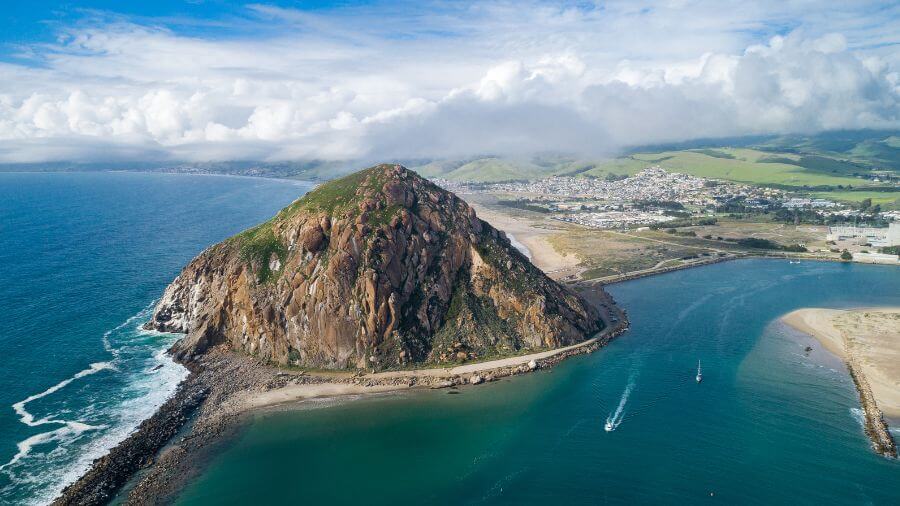
Visitors to Morro Bay can enjoy the view of the rock from many vantage points around the town and the waterfront.
While climbing the rock itself is prohibited, the area around Morro Rock offers beautiful beaches, opportunities for bird watching and chances to spot sea otters and seals.
You can also head out onto the waters surrounding Morro Rock on a kayak or paddleboard if you want to get a close look. The waves can be rough though so proceed with caution.
10. Antelope Valley California Poppy Reserve
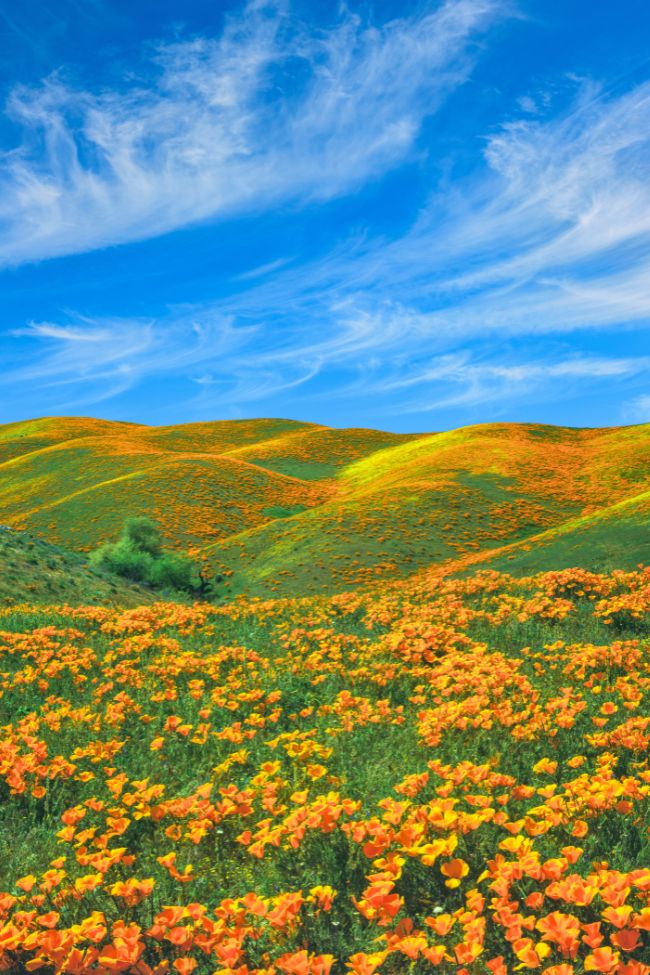
The Antelope Valley California Poppy Reserve, located in northern Los Angeles County, is a breathtaking display of nature’s beauty.
In the springtime, this 1,700-acre park becomes a sea of vibrant orange poppies.
This state natural reserve is renowned for its wildflower blooms with the California poppy, the state flower, taking center stage.
In fact, this reserve offers the most consistent blooms of California poppies in the entire US.
What makes this place unique is the sheer scale of the poppy fields that cover the rolling hills, creating a spectacular natural display that attracts visitors from all over.

The reserve offers several miles of trails, including easy walks and more challenging hikes, allowing visitors to immerse themselves in the floral wonderland.
The best time to visit is from mid-March to early May, depending on the rainfall during the winter and spring seasons.
Visitors are reminded to stay on the trails to protect the delicate flowers and their habitat. You also shouldn’t pick any of the poppies!
11. Trona Pinnacles
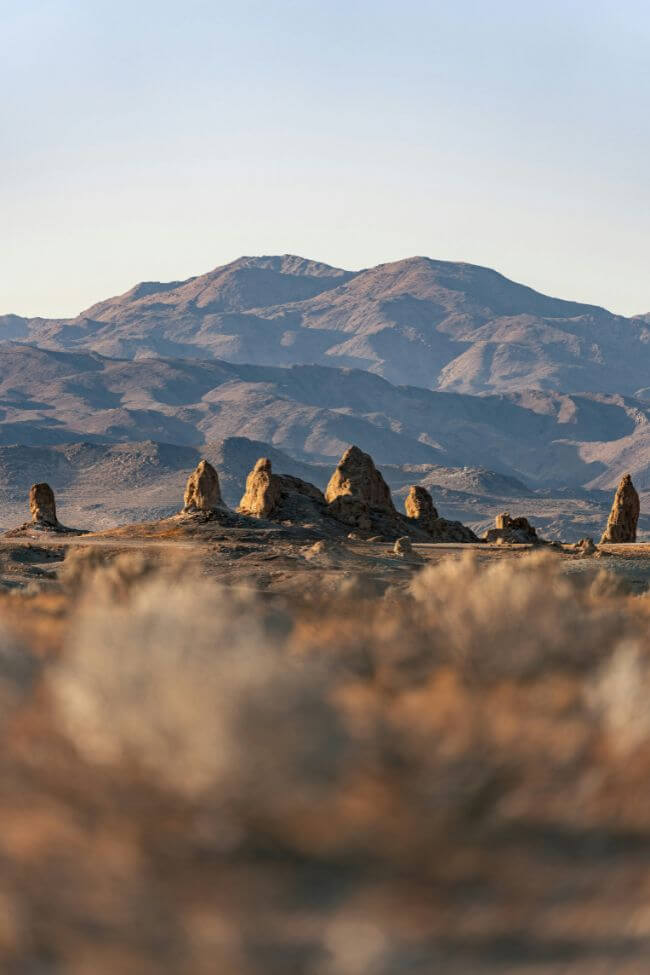
The Trona Pinnacles are an otherworldly landscape located in the California Desert, near Death Valley National Park.
This unique natural wonder consists of more than 500 tufa spires, some of which rise as high as 140 feet above the desert floor.
These spires are remnants of an ancient lakebed and were formed by calcium carbonate deposits more than 10,000 years ago.
What makes the Trona Pinnacles truly unique is their moon-like appearance, making them a popular location for filmmakers and photographers.
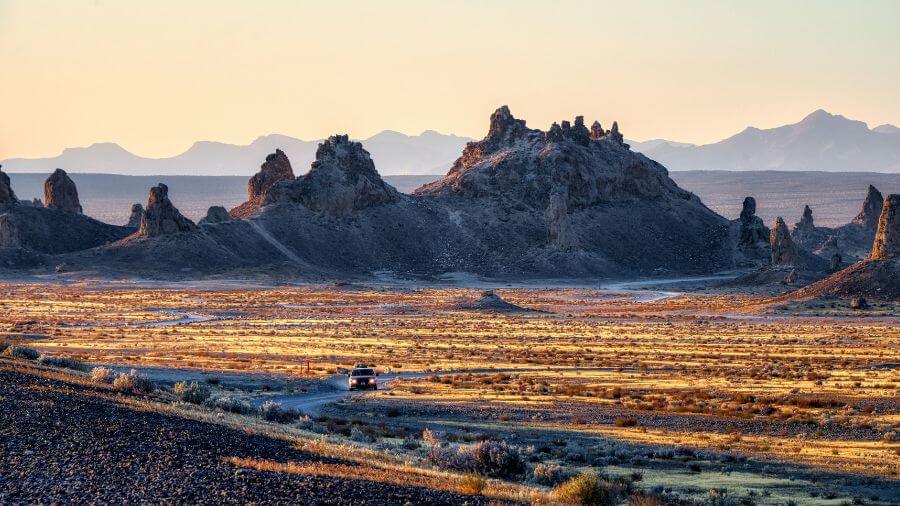
I’d highly recommend visiting at either sunrise or sunset as this is when the pinnacles become illuminated by the sunlight and it looks like they’re glowing.
Visitors to the Trona Pinnacles can explore the area by foot along the dirt roads that wind throughout the spires.
It’s also an ideal spot for stargazing due to the minimal light pollution.
The Trona Pinnacles have actually been designated as a National Natural Landmark, highlighting their significance and ensuring their protection for future generations.
12. Point Reyes National Seashore
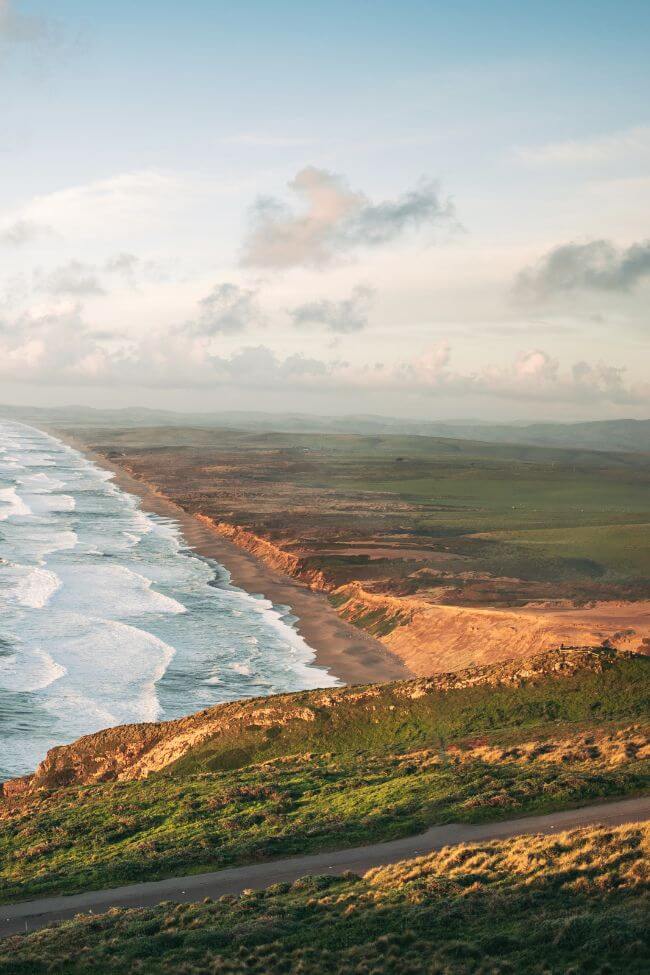
Point Reyes National Seashore is a stunning coastal area that offers breathtaking views of the Pacific Ocean, rugged cliffs and expansive beaches. It’s located just north of San Francisco.
What makes Point Reyes truly captivating is its incredible variety of wildlife and ecosystems, including over 1,500 species of plants and animals.
The area is a sanctuary for many bird species, making it a prime spot for birdwatching. Visitors can also spot coyotes, elephant seals and tule elk within the park.
There’s even an old shipwreck! The abandoned fishing boat has been stranded on Point Reyes shores for many years.
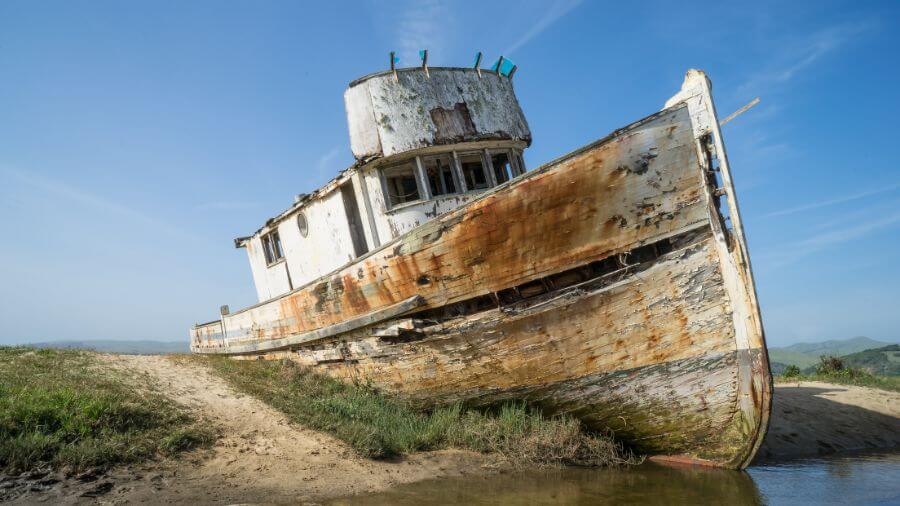
The seashore features a number of hiking trails that range from easy walks along the beach to more strenuous hikes through the hills, allowing everyone to enjoy the natural beauty of the area at their own pace.
My favorite trail at Point Reyes is the Tomales Point Trail which follows an open ridge offering incredible views of Tomales Bay, Bodega Bay and the Pacific Ocean.
One of the most iconic landmarks at Point Reyes is the Point Reyes Lighthouse which is a historic site perched on a cliff offering spectacular views.
Another bonus is that, during whale migration season, gray whales can often be spotted from the shore.
13. Anza-Borrego Desert State Park
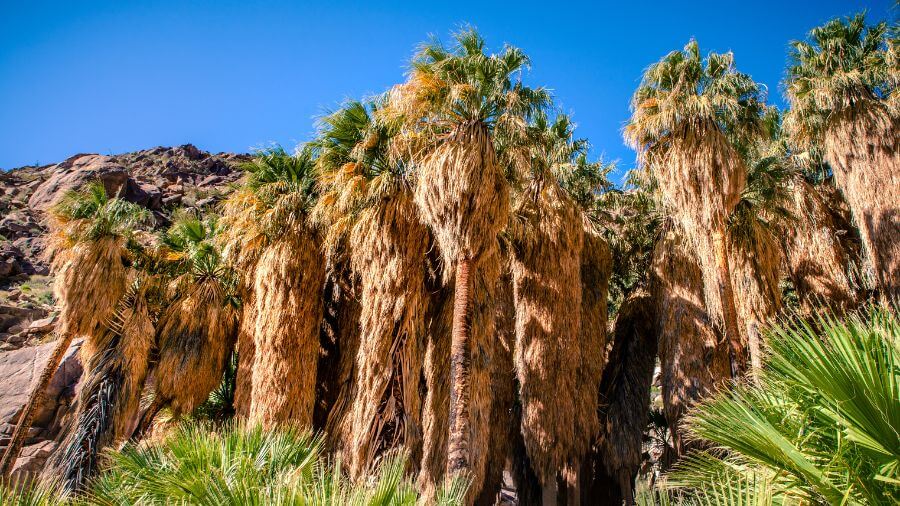
Anza-Borrego Desert State Park is a vast and stunning desert area located in Southern California.
It’s actually the largest state park in California covering over 600,000 acres of land!
This park is unique for its wide array of natural features including miles of sprawling badlands, towering palm trees, cactus-studded hills and a variety of wildlife.
During the spring, the desert floor transforms into a colorful carpet of wildflowers! It’s truly beautiful to see the flowers of purple, orange and yellow bloom.
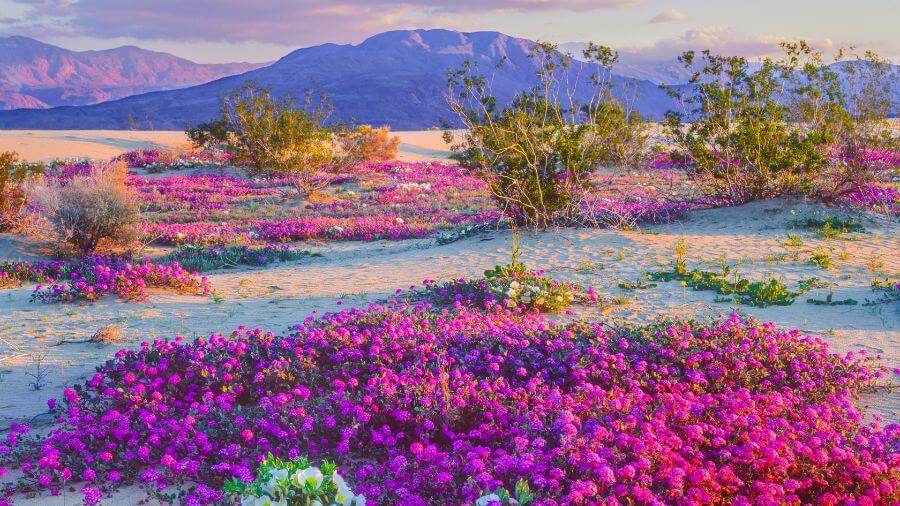
Anza-Borrego is also famous for its night skies.
As a designated Dark Sky area, it offers some of the best stargazing opportunities in the US with clear views of the Milky Way and countless stars.
Related Reading: Best stargazing spots in California
The park also has over 100 miles of hiking trails and numerous campgrounds for anyone that loves the outdoors.
One of the most intriguing aspects of Anza-Borrego is its collection of over 130 large metal sculptures scattered throughout the area.
Each sculpture depicts either a creature that once roamed this area in prehistoric times (like the saber-tooth cat) or a mythical creature (like a giant snake).
And that’s it!
Those are all of California’s best natural wonders that you NEED to see for yourself.

